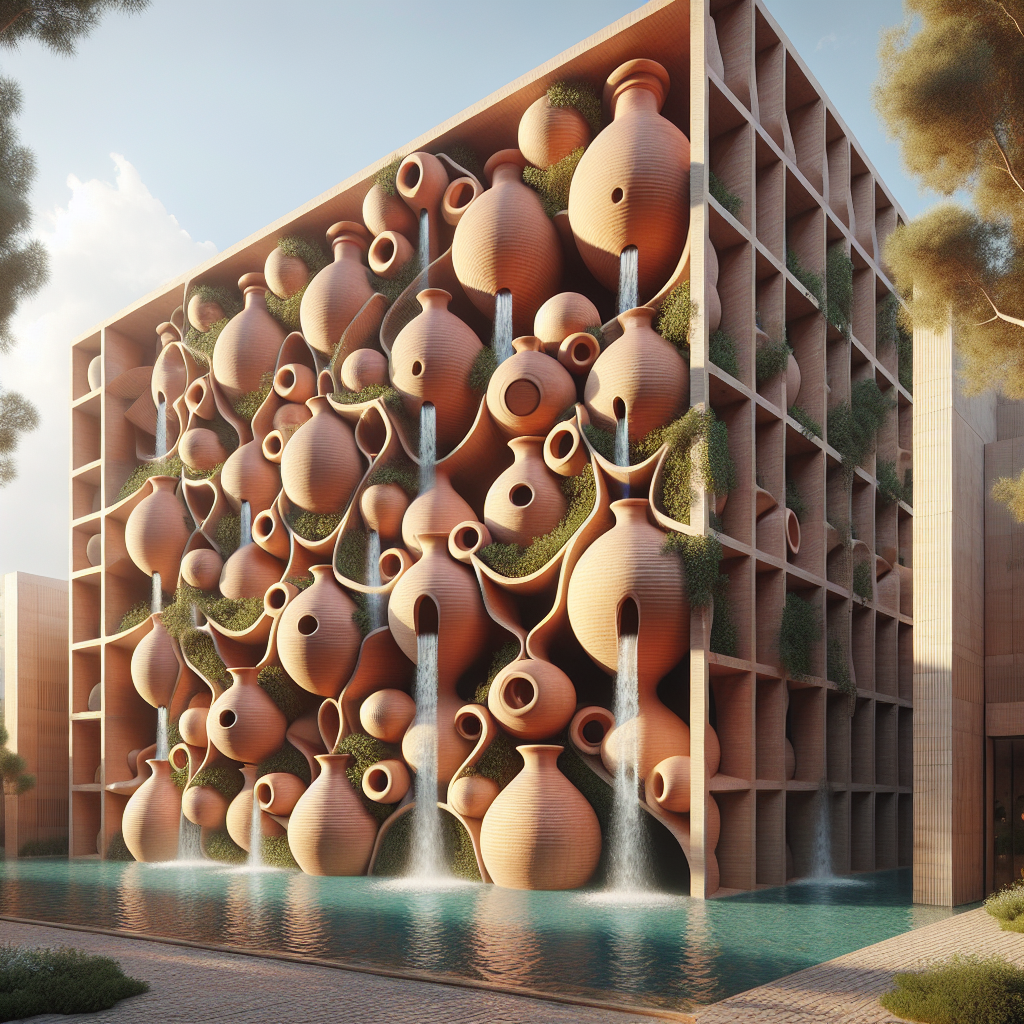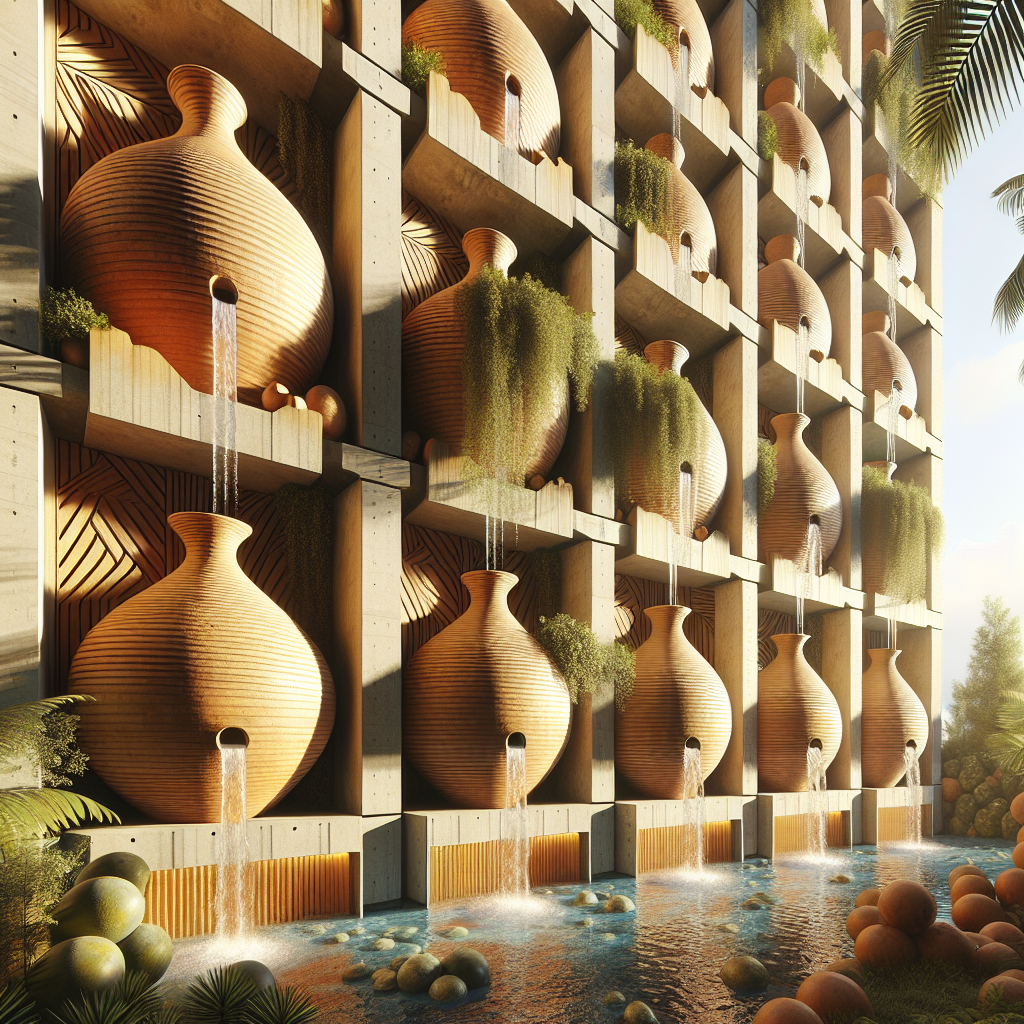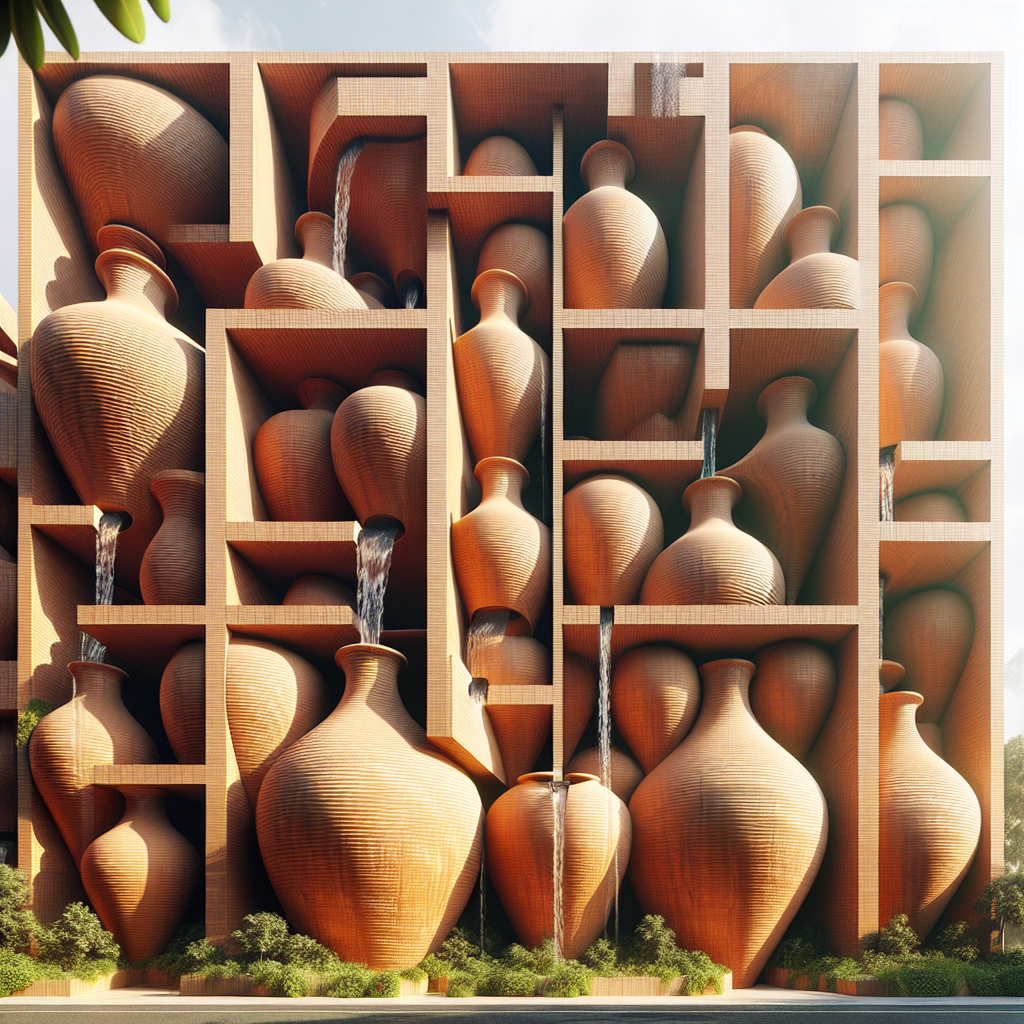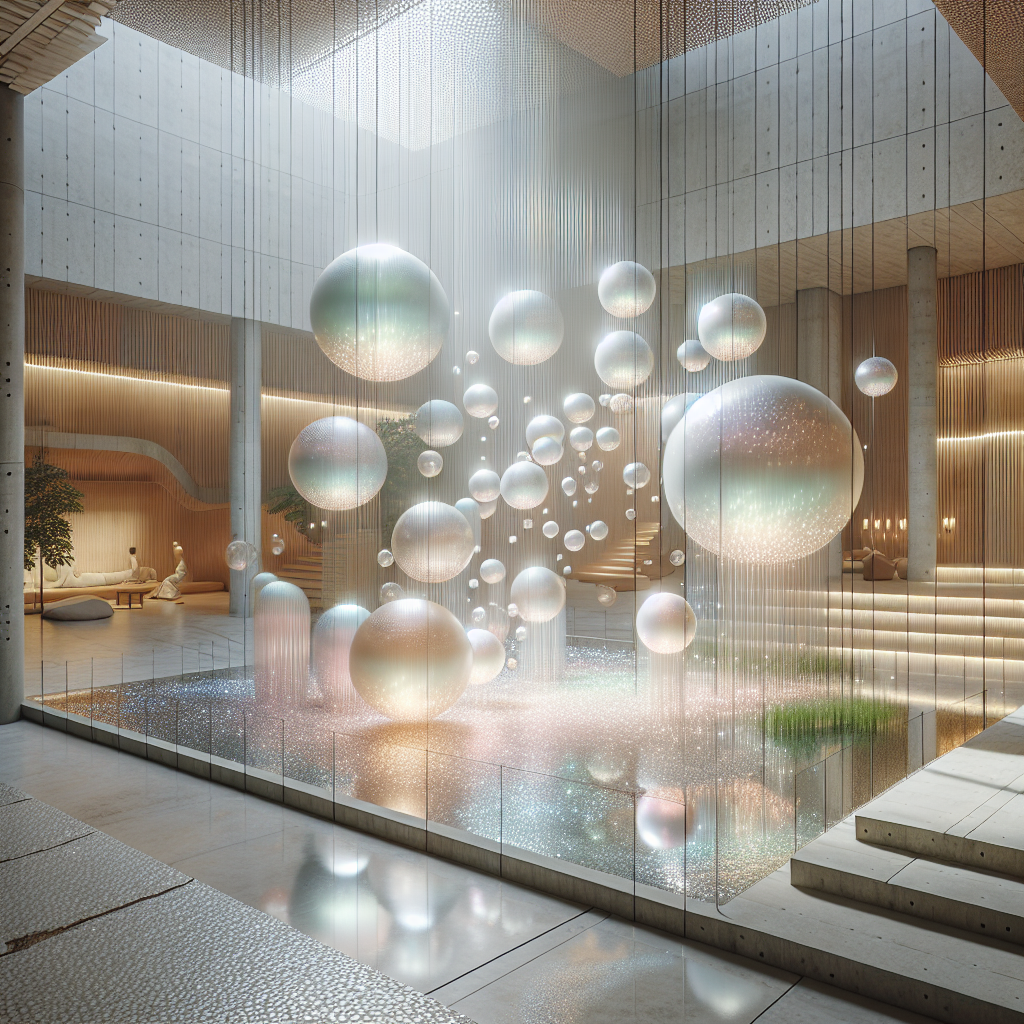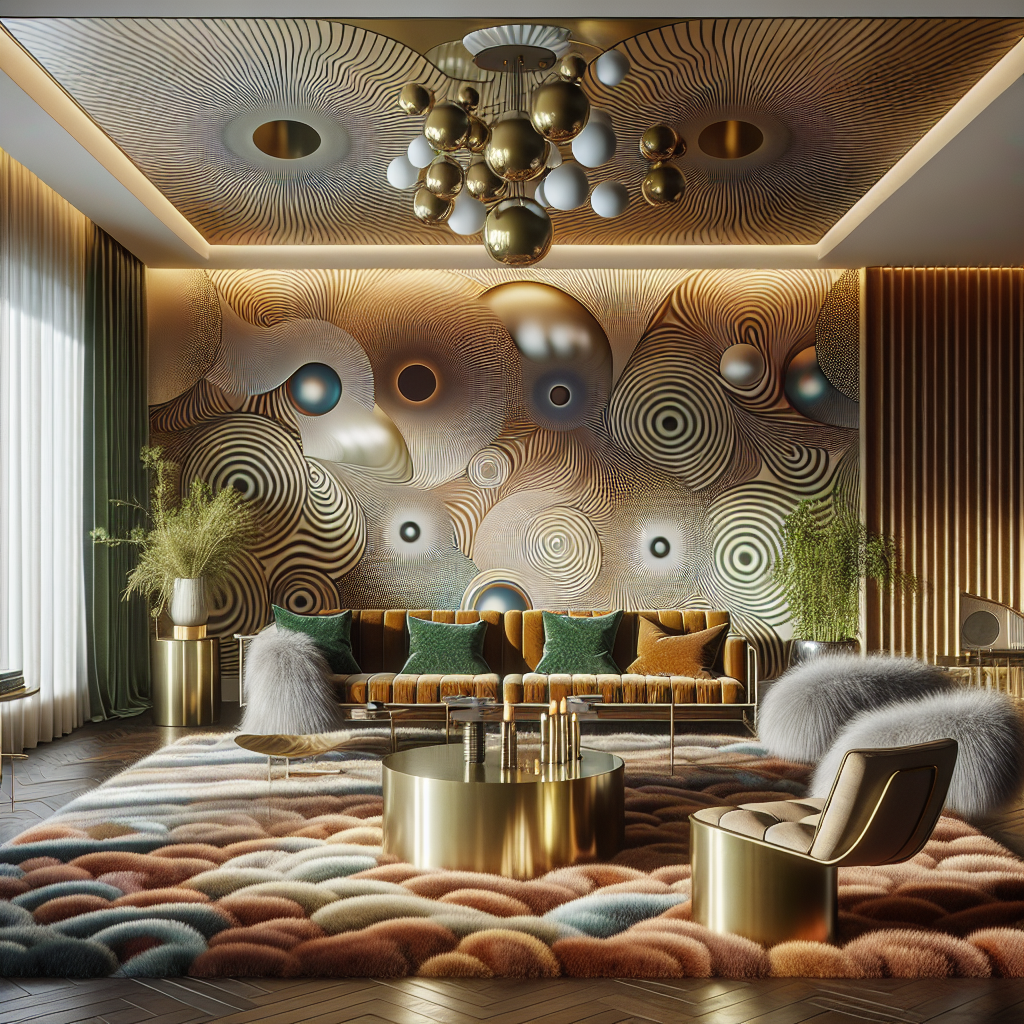Cooling with clay: ancient amphora systems for modern passive ventilation
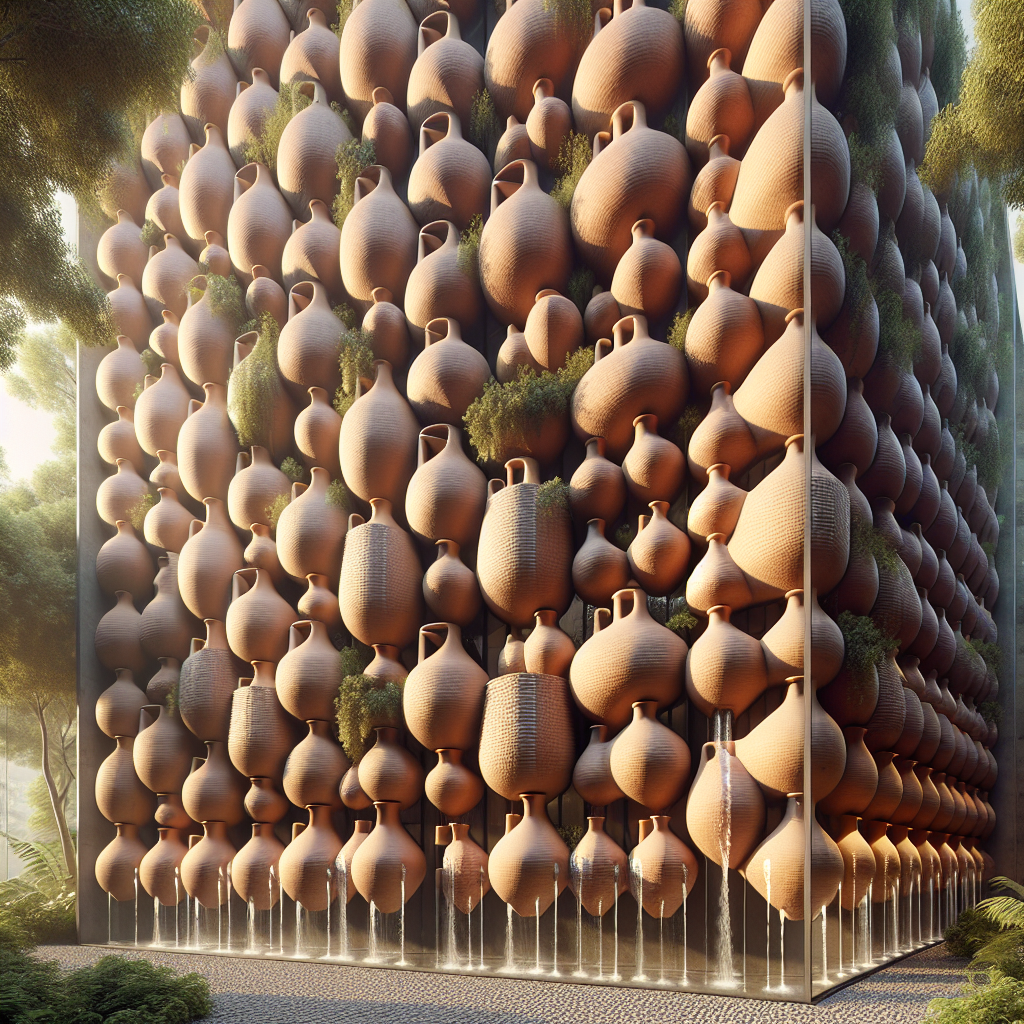
Cooling with Clay: Ancient Amphora Systems for Modern Passive Ventilation
In an era where sustainable architecture is not merely a trend but a necessity, designers and architects continually seek inspiration from the past to address contemporary challenges. One of the most compelling intersections of ancient ingenuity and modern innovation is the revival of clay amphora systems for passive ventilation. Drawing from millennia-old techniques, today’s architects are harnessing the cooling power of clay vessels to create energy-efficient, comfortable, and visually captivating spaces. This exploration delves into how ancient amphora systems are being reimagined for modern architecture, highlighting their potential to revolutionize passive cooling strategies in our built environments.
The Ancient Wisdom of Clay Amphorae
Historically, amphorae—clay vessels with tapered shapes and porous surfaces—were essential in ancient Mediterranean societies for storing and transporting goods such as wine, olive oil, and grains. Beyond their practical storage function, amphorae possessed an intrinsic cooling property. Their porous clay walls allowed water to seep through and evaporate, naturally lowering the temperature of the contents within. This simple yet effective evaporative cooling principle was utilized extensively by ancient civilizations, including the Romans and Greeks, to preserve perishables in hot climates.
Fast forward to today, architects and designers are rediscovering this ancient technology, adapting amphora-inspired systems to passively cool modern buildings. This revival aligns seamlessly with the contemporary push towards sustainability and biophilic design, as detailed in our previous exploration of biophilic design and its impact on human health and well-being.
Reimagining Amphorae for Contemporary Architecture
Incorporating amphora-based cooling systems into contemporary architecture requires innovative thinking and meticulous design. Modern interpretations typically involve embedding amphora-like clay vessels within walls, facades, or ceilings, where they serve as passive cooling units. Water slowly permeates through the porous clay, evaporating into the surrounding air and significantly reducing indoor temperatures without the need for energy-intensive air conditioning.
A striking example of this approach is the Al Bahar Towers in Abu Dhabi, UAE. While not directly using amphorae, the towers employ a similar evaporative cooling principle through their dynamic, responsive facade. Inspired by traditional Middle Eastern mashrabiya screens, the towers’ facade opens and closes based on sunlight intensity, effectively reducing solar gain and cooling the building naturally. This project underscores the potential of integrating traditional passive cooling methods into contemporary architectural practice.
Clay Amphora Systems in Practice: Case Studies
One notable contemporary implementation of amphora-inspired cooling is the innovative “CoolAnt” system developed by Indian architect Monish Siripurapu. This system employs terracotta cones, reminiscent of ancient amphorae, embedded within building facades. Water trickles through these cones, evaporating as air passes through, thus cooling interior spaces naturally. The CoolAnt system has successfully reduced indoor temperatures by up to 10 degrees Celsius, significantly lowering energy consumption and carbon emissions.
Similarly, the Spanish architecture firm Arquitectura en Movimiento Workshop has incorporated amphora-inspired clay vessels into residential projects, creating visually captivating interiors that blend aesthetics with functionality. These installations not only provide passive cooling but also enhance the tactile and visual experience of the spaces, resonating with the growing interest in sensory design and craftsmanship, as discussed in our article on the art of craftsmanship elevating interior design through timeless traditions.
Environmental and Economic Benefits
The environmental advantages of amphora-based passive cooling systems are substantial. By significantly reducing reliance on mechanical air conditioning, these systems contribute to lower energy consumption, decreased greenhouse gas emissions, and improved indoor air quality. Moreover, the use of locally sourced clay materials aligns with circular economy principles, minimizing transportation emissions and supporting local economies.
Economically, amphora-inspired cooling systems offer compelling benefits. While initial installation costs may be comparable to conventional HVAC systems, the long-term savings in energy bills and maintenance expenses make them an attractive investment. Additionally, their inherent simplicity and durability mean they require minimal upkeep, further enhancing their economic viability.
Integrating Amphora Systems into Urban Design
Beyond individual buildings, amphora-inspired cooling systems hold immense potential for urban-scale applications. As cities grapple with rising temperatures and urban heat islands, integrating passive cooling strategies into urban planning becomes increasingly critical. Incorporating amphora-based systems into public spaces, transportation hubs, and community centers can significantly enhance urban resilience and livability.
For instance, the upcoming Paris 2024 Summer Olympics have sparked extensive discussions about sustainable urban design and architecture. As explored in our previous article on how the Summer Olympic Games of Paris 2024 will affect the city in terms of architecture and design, large-scale events present unique opportunities to showcase innovative sustainability solutions. Amphora-inspired passive cooling could serve as a compelling demonstration of ancient wisdom informing future-ready urban design.
Challenges and Future Directions
Despite their promising potential, amphora-based cooling systems face several challenges in widespread adoption. Climatic suitability, water availability, and integration with existing infrastructure are critical considerations. Moreover, architects and designers must carefully balance functional efficiency with aesthetic appeal, ensuring that these systems enhance rather than detract from architectural design.
Future research and innovation will likely focus on optimizing amphora-inspired systems for diverse climates and contexts, exploring hybrid solutions that combine passive cooling with renewable energy technologies. Advancements in digital fabrication and parametric design, as discussed in our exploration of parametric design using algorithms to create complex forms, could further enhance the precision, efficiency, and scalability of amphora-based cooling installations.
Conclusion: Ancient Wisdom, Modern Innovation
The revival of clay amphora systems for passive ventilation exemplifies the profound potential of ancient architectural wisdom to address contemporary sustainability challenges. By reimagining traditional cooling techniques through modern design and technology, architects and designers can create spaces that are not only environmentally responsible but also culturally resonant and aesthetically inspiring.
As we continue to seek innovative solutions for a sustainable future, the humble clay amphora serves as a powerful reminder that sometimes, the most forward-thinking ideas are rooted deeply in the past. Embracing these ancient systems within contemporary architecture promises a cooler, greener, and more harmonious built environment for generations to come.
For further reading on ancient architectural practices informing modern design, visit the Wikipedia entries on Passive Cooling, Amphora, and Evaporative Cooler.
